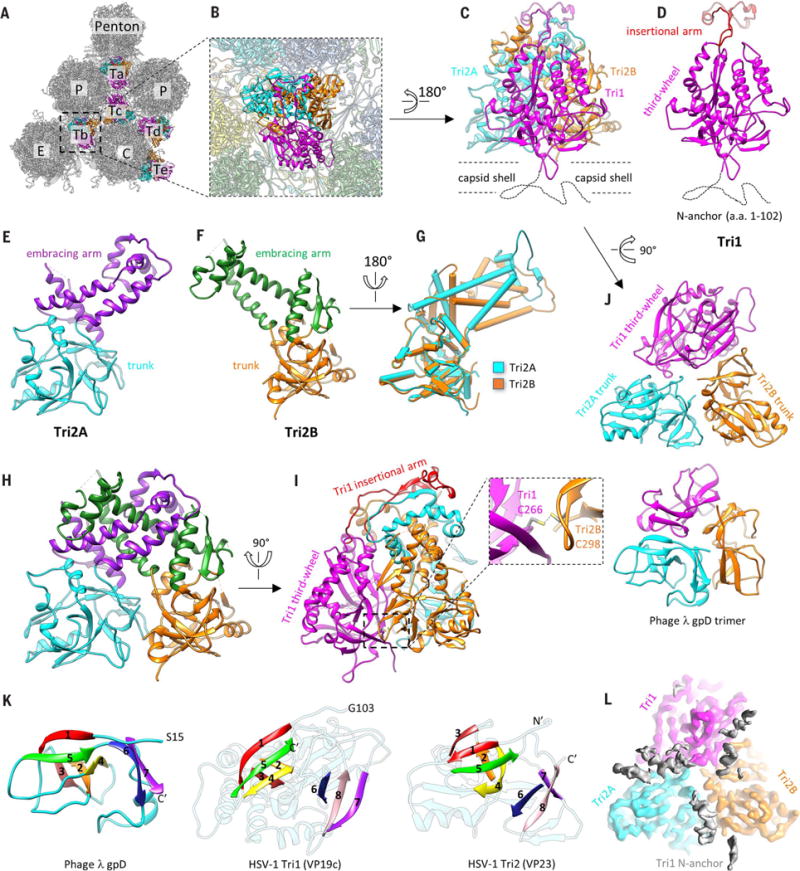Fig. 4. SCP and MCP network interactions.

(A) Domain organization in a hexon MCP. (B and C) SCP binds the upper domain of hexon MCP (B), and six copies of SCP form a gear-shaped ring crowning and stabilizing the hexon (C). (D and E) Part of the MCP network viewed from the outside (D) or the inside (E) of the capsid. Pen, penton. (F to I) Three types of network interactions among hexon MCPs. (H) and (I) show the individual structures that make up (G). The type I interaction is an intracapsomeric augmentation of β strands from adjacent MCPs [P2 and P3 in (F)] in the same capsomer.Type II and type III are intercapsomeric interactions among two pairs of MCPs [P2-P3 and C5-C6 in (G)] diagonally across the local twofold axis [ovals in (G) to (I)]. The type III interaction builds on and fortifies the type I interaction [see C5 N lasso in (F)]. The two dimerization domains joined by a type II interaction (I) also sit atop a pair of type III interactions, when looking from the inside of the capsid (G), and prevent the two N lassos [C5 and P2 N lassos in (G) and (H)] from unwinding. (J and K) Interactions between penton MCPs and the P1 and P6 hexon MCPs are different from the canonical hexon MCP network interactions [compare (J) and (G), (K) and (H)]. (L) Cryo-EM density at the penton area viewed from the inside of the capsid.The five copies of penton MCP are differently colored, whereas all P1 MCPs are colored in gold.
